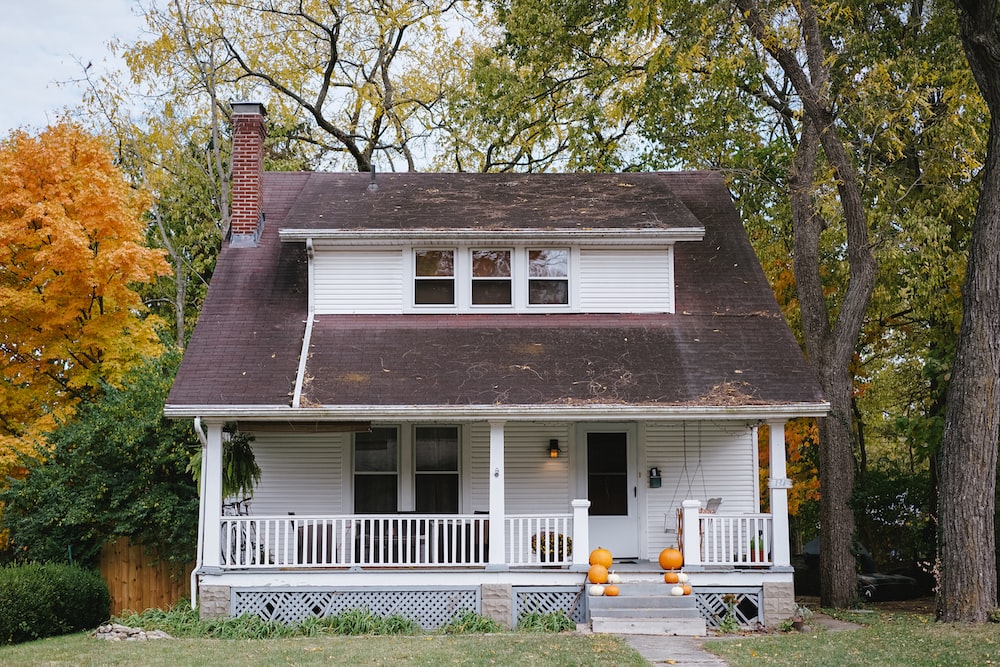You’d probably never think that something so small could cause so much damage. Yet, when left untreated, even the tiniest mold spores can grow into a big problem. And while it may not be the first thing on your mind after moving into a new home or condo, there’s a decent chance you’ll need to check for mold sooner rather than later. After all, according to the Centers for Disease Control and Prevention (CDC), exposure to mold is one of the top reasons why homes need to be rebuilt after natural disasters. Unfortunately, mold can be difficult to spot and is often hidden away in places you might not expect. To help ensure that you don’t deal with the aftermath of discovering mold in your home if you rent or own, we’ve put together this guide with everything you need to know about identifying mold in your home as quickly as possible.
What is Mold and How Does it Grow?
Mold is a type of fungus that sprouts in warm, moist environments. There are hundreds of different species of mold, and many are harmless. In fact, you can find mold almost anywhere — it grows indoors and outdoors, in warm and cold climates, on many types of materials, and at many different moisture levels. Mold spores are small, lightweight, and float through the air. When they land on a moist surface, they can begin growing. This can happen in a few hours or days, depending on the type of mold.
Identifying Black Mold
Black mold is one of the most common types of mold. It’s usually black or dark blueish-black in color, but a few species are greenish black. The most common type of black mold is called Stachybotrys. If you find this type of mold in your home, you need to get it treated as soon as possible. Stachybotrys is a toxic type of mold that can cause serious health issues. Stachybotrys is common in homes that have been flooded. It can also grow in buildings that have wet crawl spaces, slab foundations, or plumbing leaks. If you find black mold in your home, you should get it treated right away. Stachybotrys is a toxic type of mold that can cause serious health issues if left untreated.
Identifying White Mold
White mold is one of the most common types of mold that can be found in homes. There are hundreds of species of white mold, and many are harmless. But if you notice white mold growing in your home, you should definitely get it treated. White mold is pretty common in homes and can be found in both warm and cold climates. It thrives in moist environments and can grow on many different types of materials, including ceiling tiles, drywall, fiberglass shingles, insulation, paper, wood, and fabrics. White mold can cause health issues in some people, such as allergies and respiratory problems.
Identifying Brown/Dark Green Mold
Brown or dark green mold is a type of mildew that grows on plants and other organic materials. It is usually dark brown or greenish-brown in color. This type of mold thrives in warm and humid environments, and usually grows on organic materials, such as wood, furniture, fabrics, paper, and more. Brown/dark green mold is common in homes with indoor plants, especially if the plants are not properly cared for. It can also grow in other warm and humid environments, such as attics and crawlspaces. If you find this type of mold in your home, you should be sure to clean it up and get it treated.
Identifying Yellow/Orange Mold
Yellow/orange mold is a type of toxic mold that can grow in homes that have had water damage. It can be difficult to identify yellow/orange mold because it looks similar to a common fungus that grows on trees. If you find mold in your home that has a yellow/orange color, it’s important to get it treated. Yellow/orange mold is very common in homes that have had water damage. It can be found in many different environments, such as attics, basements, crawlspaces, and other areas where there is excessive moisture. Yellow/orange mold can cause serious health issues, including headaches, fatigue, nausea, skin rashes, and respiratory problems. If you have been exposed to yellow/orange mold, you may need treatment.
Conclusion
Mold is a type of fungus that grows in warm, moist environments. There are hundreds of different species of mold, and most of them are harmless. But when left untreated, even the smallest mold spores can cause big problems. Mold can be difficult to spot, but there are telltale signs you can look out for. If you find black mold in your home, you should get it treated as soon as possible because it can be very toxic.

